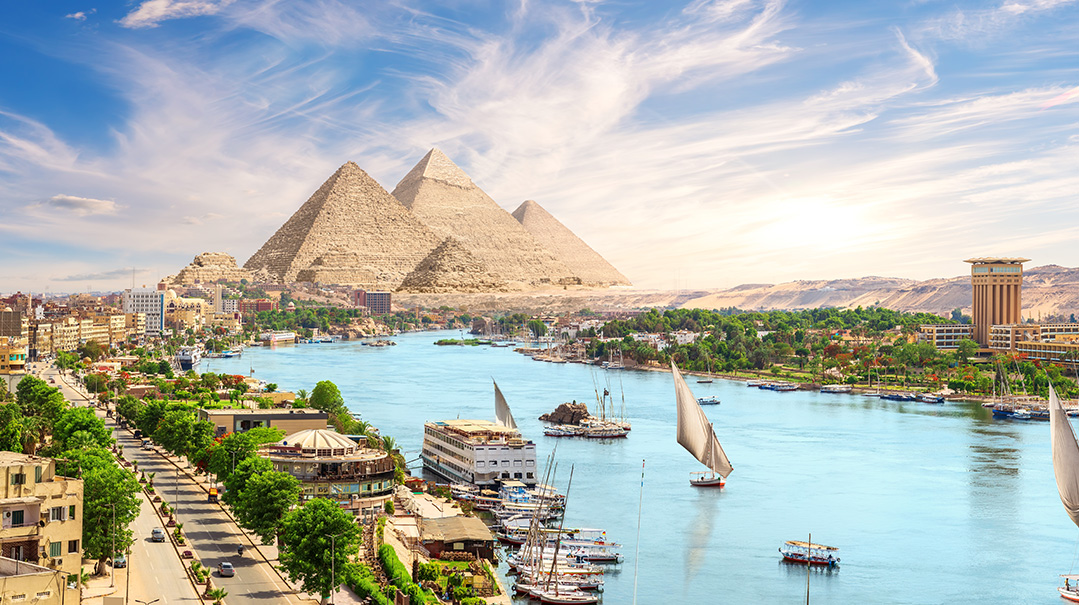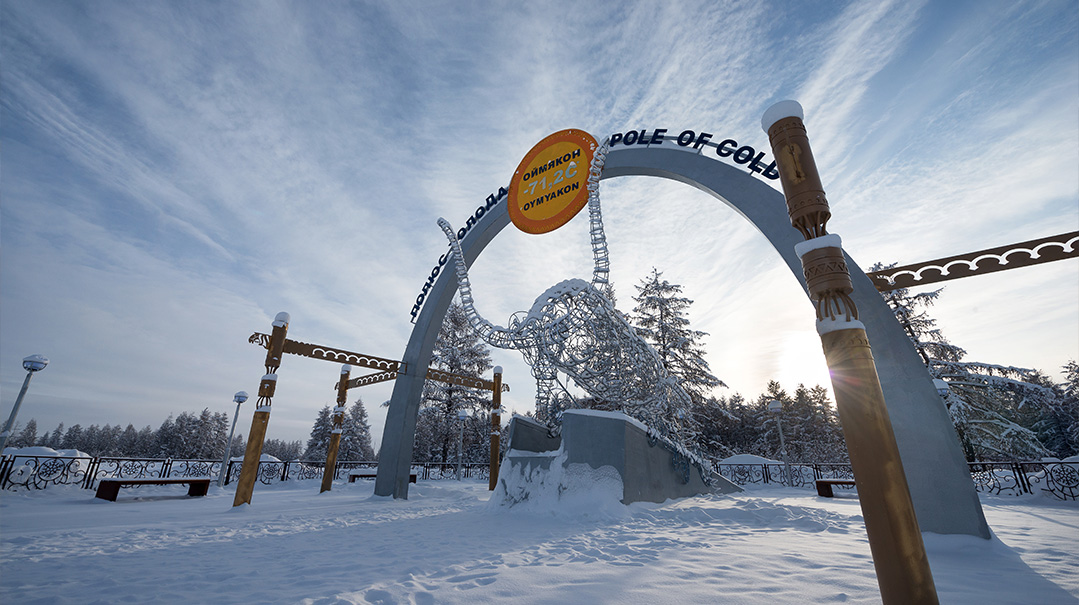Uncovering the Mysteries of Egypt
| January 9, 2024What are some of the biggest Egypt mysteries that archaeologists still think about today?

Pyramids, pharaohs, and tombs filled with gold? What’s not mesmerizing about Egypt? As one of the oldest civilizations on the planet, and jam-packed with ancient artifacts, archaeologists have been fascinated with Egypt for centuries. So, what are some of the biggest mysteries that archaeologists still think about today? Let’s find out!
Hieroglyphics and the Rosetta Stone
Okay, so this mystery has been solved. For architects, however, it felt like it would be a mystery forever. But… let’s start at the beginning. Hieroglyphics was the written language of the ancient Egyptians, and figuring out the language was the most crucial step to figuring out how the Egyptians lived. Those funny pictures on the walls and on objects meant something, but what? Archaeologists weren’t quite sure, until the Rosetta stone. Discovered in 1799 by French soldiers near the town of Rosetta in Egypt (get the name?), it became the key to unlocking the biggest mystery at that time.
The writing on the stone was a message about King Ptolemy V. It stated that a group of people in Memphis (not Tennessee, folks, but a city in Egypt) supported the king. This message was very important to the king, so he wrote it on stone slabs in three different languages — in hieroglyphics, ancient Greek, and Demotic (a later Egyptian script) — and placed the stones all over Egypt. Although the message was unimportant, it was a massive breakthrough in Egyptology (the study of ancient Egypt). Because scholars already knew ancient Greek, it was now easier for them to decipher hieroglyphics.
The Astounding Pyramids
The pyramids of Egypt are some of the most amazing architectural feats in human history. The Great Pyramid of Giza is not only one of the oldest of the Seven Wonders of the Ancient World, but also one of the largest. Nearly ten football fields can fit into the base of the pyramid!
The pyramids were built using millions of limestone and granite blocks, some weighing as much as 80 tons (about the weight of a blue whale!), and all without modern technology. So how did they do it? Well, scientists think they might have placed the heavy stone blocks on sleds and then dragged them over wet sand. This wet sand would have made it much easier to pull the sleds without them digging into the sand and stopping. There are even old pictures from an Egyptian tomb that show someone pouring water in front of a sled, which supports this idea.
Another clever method the Egyptians might have used included building ramps to get those heavy blocks up high. Some researchers suggest that the ramps could have been spiraled around the outside or even inside the pyramid. By using these ramps, workers could push and pull the blocks to the right spots. But these are just theories… no one really knows. How do you think they built them?
The Curse of King Tutankhamun
P
yramids aren’t only famous for their size but also for their vast wealth, making it the perfect place to plunder. Up until 1922, most of the pyramids were raided and the treasures stolen, until Howard Carter found something amazing. He discovered the tomb of a young Egyptian king named Tutankhamun, or King Tut for short. King Tut became king when he was nine years old and passed away when he was only eighteen. His tomb was hidden in a place called the Valley of the Kings (where most of the great pharaohs are buried) and it was whole, intact, and filled with the most amazing treasures! 5,000 things to be exact, including a golden coffin, a beautiful mask that covered the king’s face, a hundred sandals, iron daggers, and even board games! They couldn’t believe their luck, and Carter and his team became instant celebrities.
But within the first ten years of uncovering the tomb, six of the twenty-six people who discovered it died in mysterious ways, and it didn’t take long for rumors of King Tut’s “curse” to seize the public in fear. To this day, his tomb has been raided twice and is a must-see destination for tourists. But is it just sensationalized news to keep people away from stealing?
Howard Carter describing his experience at King Tut’s tomb:
“…As my eyes grew accustomed to the light, details of the room within emerged slowly from the mist, strange animals, statues, and gold — everywhere the glint of gold. For the moment — an eternity it must have seemed to the others standing by — I was struck dumb with amazement.”
Pharaoh: Who’s Who?
Who was the Pharaoh mentioned in the Haggadah? The answer lies with Manetho, an ancient Egyptian, a wise historian, who wrote a book on the history of Egypt. He recorded when each pharaoh reigned. Unfortunately, his works were lost, and the historians who lived after him couldn’t agree which pharaoh lived when, which led to some horrible headaches. So, after much debate, many archaeologists suggest that Ramses II, also known as Ramses the Great, is the most likely candidate. This is because he was one of the most powerful pharaohs, a first-born son, and the city of Pi-Ramses, which he built, is often associated with the city “Ramses” that the Jews built in Sefer Shemos. However, there still isn’t enough proof linking Ramses II to the events described, and many don’t think it’s true. What do you think?
(Originally featured in Treeo, Issue 994)
Oops! We could not locate your form.







